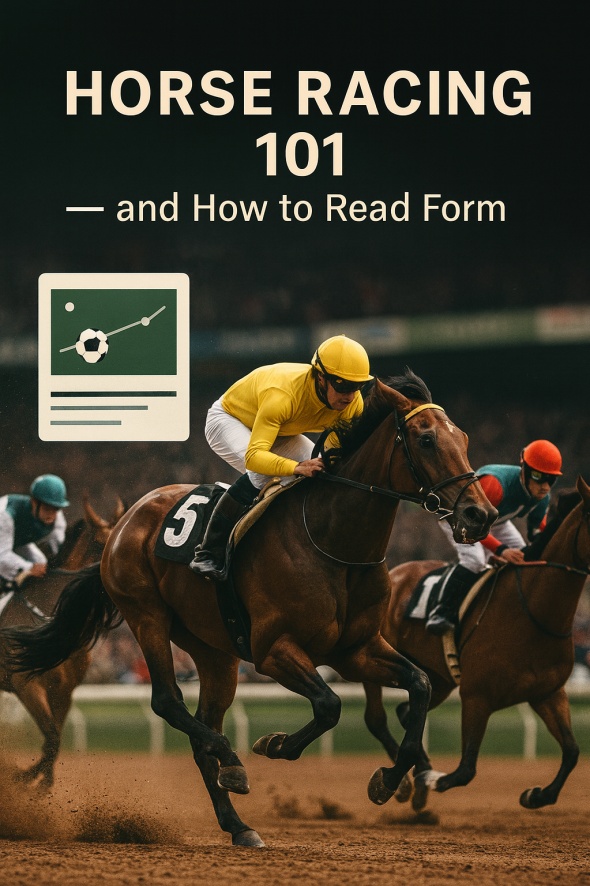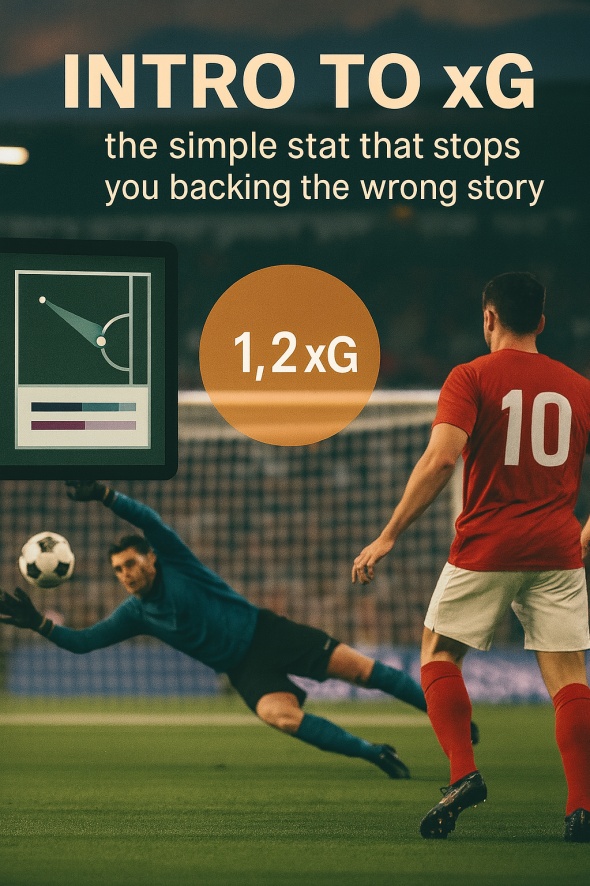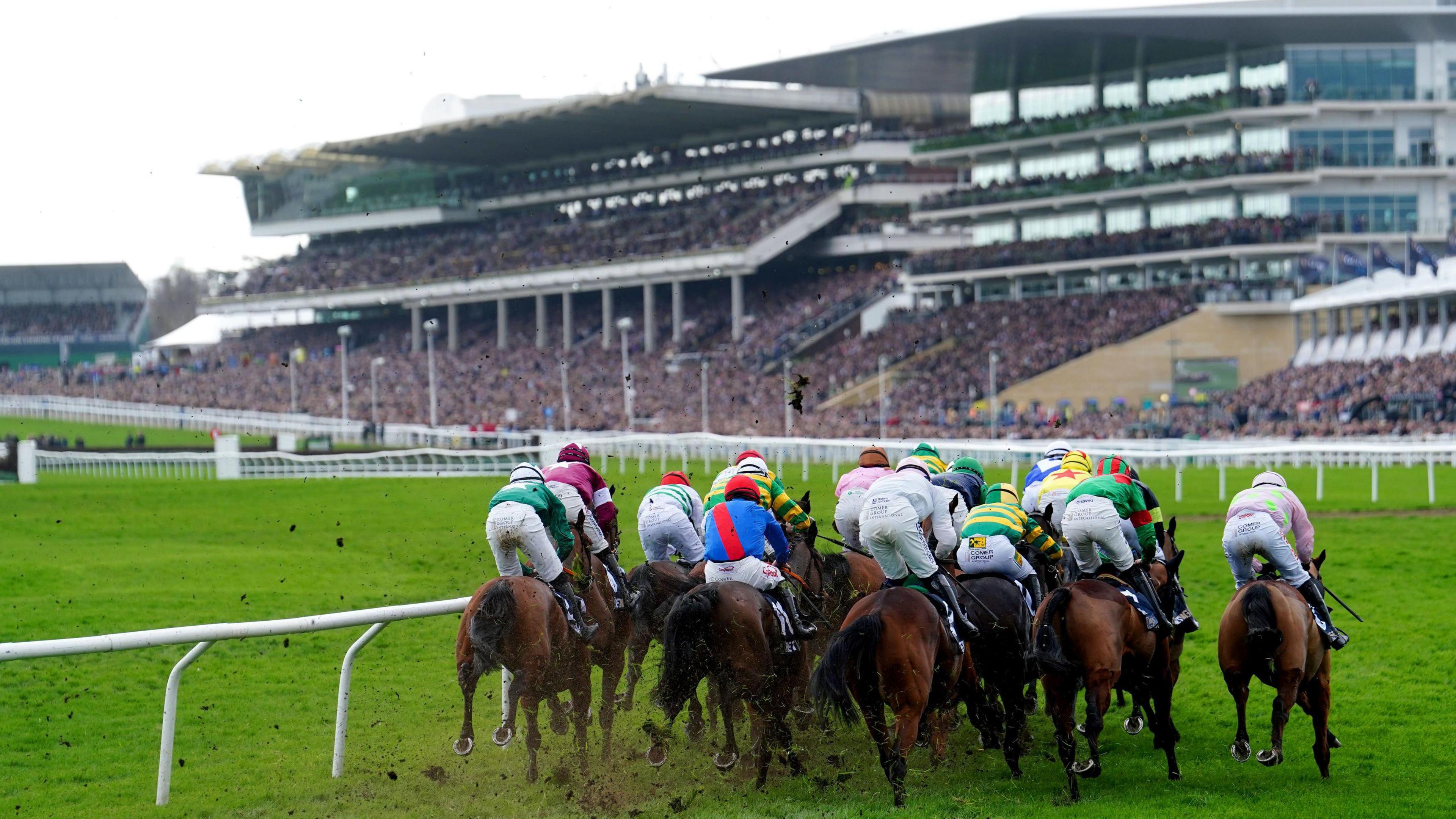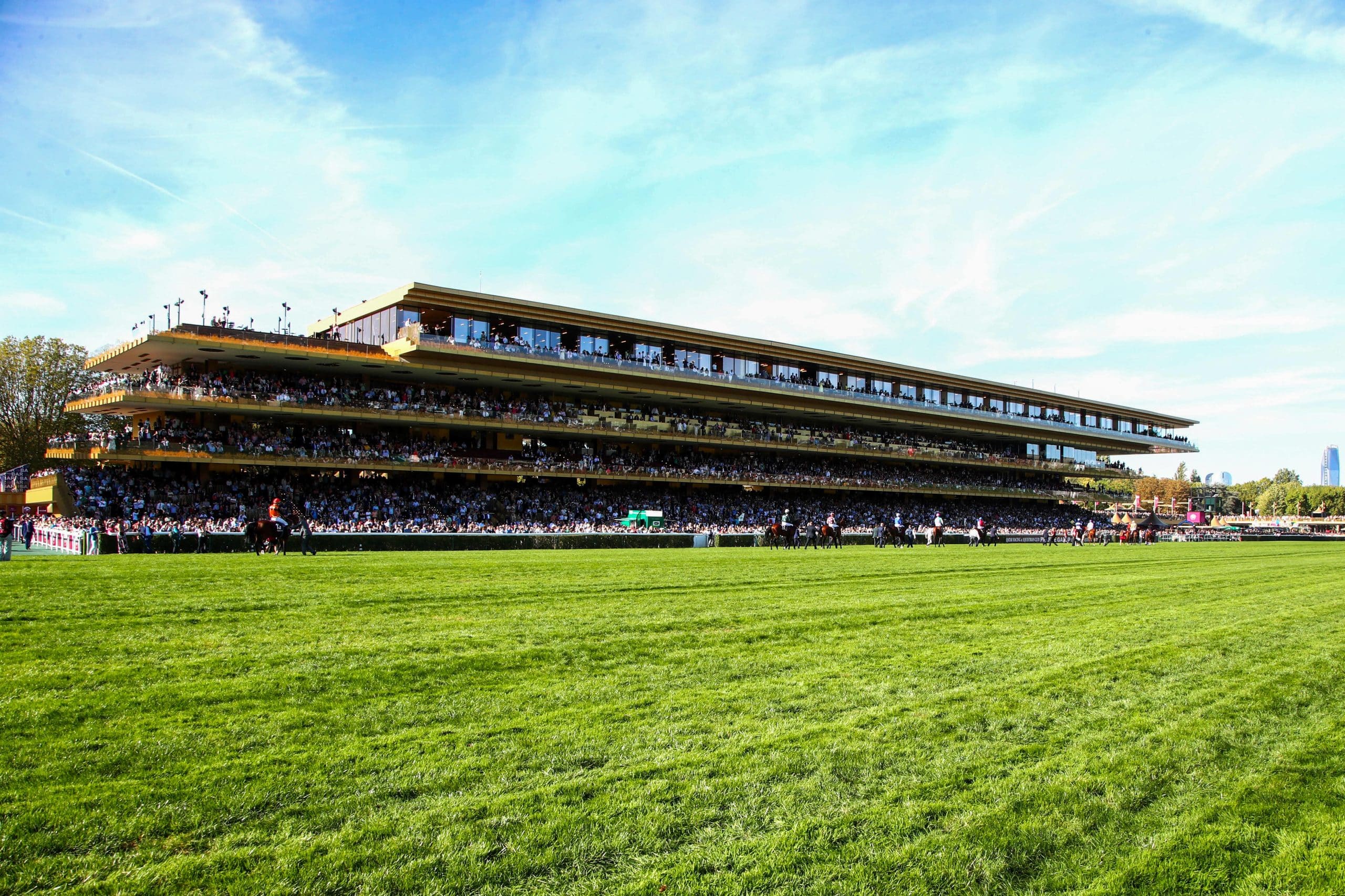
If you’re new to racing, start with two building blocks: know the bet types (win, place, each-way) and learn to read the form without drowning in jargon. Do those well and you’ll avoid most beginner mistakes. We teach the complete system inside our Professional Training membership; this is the straightforward starter guide.
Win, Place, Each-Way (plain English)
Win
You’re backing the horse to finish 1st. It’s the cleanest way to learn because the result is clear and your records stay tidy.
Place
You’re paid if the horse finishes in the places. How many places are paid depends on the field size and race type; the bookmaker shows the terms on the race. Always check those terms before staking.
Each-Way (EW)
Two bets at once: win + place at the same stake.
- If the horse wins, both parts pay.
- If it places without winning, the place part pays at a fraction of the odds (as stated in the terms).
When does EW make sense? In bigger, competitive fields where the place part has real value and the horse has a genuine chance to hit the frame. Don’t use EW by default—make the place part earn its keep.
Reading “the form” without getting lost
A finishing position is only the headline. The edge comes from context. Run through this simple checklist:
- Going (ground). Horses have preferred ground (soft/good/firm). When today’s ground matches a horse’s best runs, confidence rises; when it doesn’t, be cautious.
- Distance. Most horses have a best trip. Too far and they empty late; too short and the race is over before they hit top gear. Look for previous wins or strong runs at today’s trip.
- Class (quality). Is the horse dropping in class (easier company) or stepping up (harder)? A brave 4th in a good race can be better than a weak win.
- Course quirks. Some tracks suit certain styles or horses. “Course” or “C&D” (course and distance) winners are notable—especially if conditions match.
- Draw (on the Flat). Stall position can help or hinder on some tracks and trips. It’s one factor, not the only one.
- Pace / run style. Who is likely to lead? A lone front-runner can be dangerous; closers need an honest pace. Sketch the race shape in your head before you bet.
- Trainer & jockey. Stables and riders have patterns: certain tracks, set-ups, or partnerships that deliver repeatedly.
- Fitness & timing. First run back, second run after a break, or best fresh—horses have cycles. Note them.
- Handicaps: weight & mark. Better horses carry more in handicaps. A horse now near or below a past winning mark can be well in.
Don’t fixate on a single line. Read these factors together and build a simple case.
Choosing between Win, Place and Each-Way
- Go Win when your read of conditions + race shape points to a strong chance and the price is fair.
- Use Place when a solid run looks likely but the win set-up has doubts, and the place terms pay properly.
- Take Each-Way in deeper fields only when the place part offers genuine value (good terms, real chance of the frame).
Everything sits on one rule: only bet when the price is in your favour. Long-term results come from taking odds that underestimate the horse’s true chance—not from chasing winners for the sake of it.
Five practical basics for beginners
- Keep stakes small and steady. Ring-fence a bank you can afford and stick to consistent stakes while you’re learning.
- Log every bet. Record race, selection, odds, stake, and a one-line reason (ground, class, pace view, course record). Review weekly; patterns appear fast.
- Check terms before you click. Places, place fraction, non-runner and dead-heat rules—ten seconds now prevents nasty surprises.
- Prefer singles at the start. One opinion, one price, one result. It teaches discipline and shows whether your reads actually work.
- Pass often. If the price isn’t there or the set-up is unclear, skip the race. Selectivity is an edge.
A 45-second pre-bet checklist
- Conditions right? Going, distance and course suit your pick.
- Class/mark ok? Easier or tougher today; fairly treated in a handicap.
- Pace map? Likely leaders/closers and where your pick fits.
- Team in form? Trainer/jockey positives or proven partnership.
- Price fair? If not, pass—or switch market (place/EW) only if the terms truly add value.
Where this goes next
This is the foundation. Inside our Professional Training membership we show you how to read races quickly, spot false favourites, map pace properly, choose the right market, and tie it to a staking plan so good reads turn into long-term results.
Take the next step
- Download Turn the Tide — our free 8-step PDF of fast fixes that stop the most expensive beginner errors.
- Sign up now for our Professional Training membership (Beginner and VIP options also available) to learn the complete, step-by-step system we use every day.
Discover More about EdgeVerge
Join EdgeVerge today and experience the difference that professional sports analysis and insights can offer, or download the Turn the Tide 10 Step Guide to learn more.






